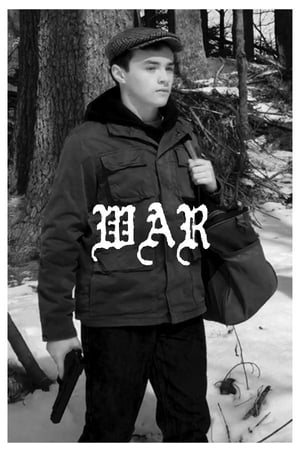
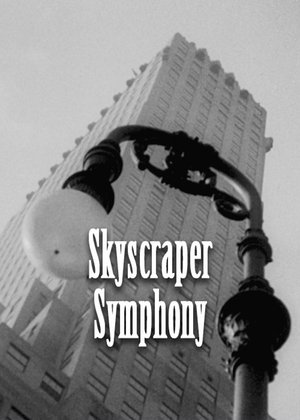
Skyscraper Symphony(1929)
A montage of the skyscrapers of Manhattan opens with a succession of stationary views of the upper portions of numerous buildings. This is followed by a wide variety of fluid shots, which also begin to show more and more of the surrounding city, in addition to the skyscrapers themselves.
Movie: Skyscraper Symphony
Recommendations Movies
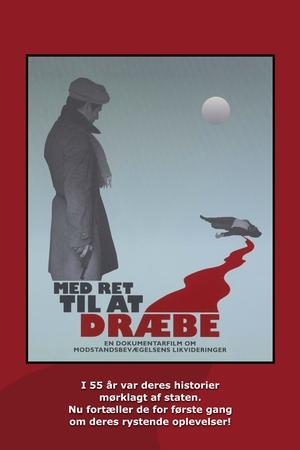 6.6
6.6With a Right to Kill(da)
This documentary looks at the Danish resistance movement's execution of 400 informers during the Nazi occupation and the ensuing cover-up.
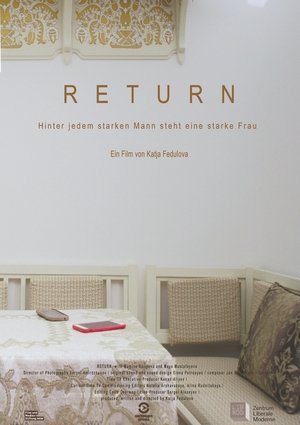 6.5
6.5Return(tt)
"Behind every strong man is a strong woman!", Mumine shouts as her husband is arrested. She has 4 children, she's in her mid-30s, and she's the wife of a Crimean Tatar political prisoner. Muslim Crimean Tatars have been oppressed for a long time. They were deported under Stalin, allowed to return under Gorbachev, and since the occupation of Crimea in 2014 under Putin, they are being persecuted again. "Return" is a portrait of Mumine and Maye, two strong women struggling with the consequences of oppression. Their traditional understanding of their role as women does not stand in the way of their dedication. They possess strength, beauty and dignity. Only in their most intimate moments, they are overwhelmed by desperate helplessness.
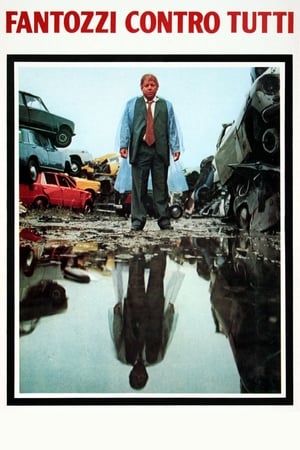 6.7
6.7Fantozzi Against the Wind(it)
The third film in the saga of the unlucky clerk Ugo Fantozzi, played by its creator, Paolo Villaggio.
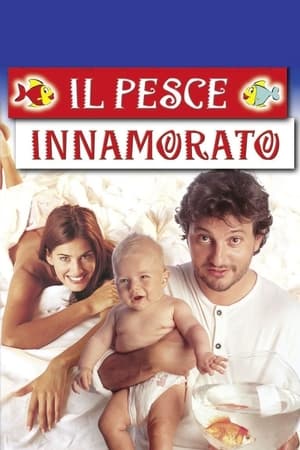 5.7
5.7A Fish in Love(it)
Carpenter Arturo becomes a literary sensation when the children's stories he writes in his spare time get published, but he comes to resent success and the spotlight that comes with it. During a press tour he falls in love with beautiful married woman, Matilde.
 5.8
5.8Fantozzi The Return(it)
Ugo Fantozzi has been ejected from Heaven and is sent back to Earth for a short period of time until the staff in Heaven can get Fantozzi a place there. Fantozzi goes through a variety of unfortunate experiences, such as rescuing his retro punk granddaughter Uga, and having to pay a vast telephone bill due to frequent chat line conversations. He ends up getting arrested instead of his ex-boss, who was originally charged with corruption. Just as he is about to enjoy the World Cup Final with Italy, he is called back into Heaven. Can he find peace once again?
 5.1
5.1Fantozzi 2000 - The Cloning(it)
Ugo Fantozzi was resurrected from the company where he worked because of a crisis, how it will end?Tenth and final chapter of the film series of Fantozzi character.
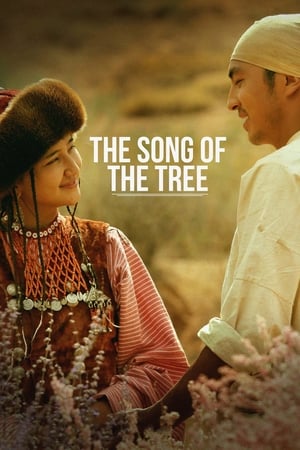 5.3
5.3The Song of the Tree(ky)
Esen, a young man who has been expelled from his village, escapes with the daughter of one of the most powerful men in the village. Whilst being pursued, he is forced to fight for her hand in a battle that results in the destruction of a sacred totem tree. This puts the whole village in jeopardy, and it is up to Esen to redeem himself and save them all.
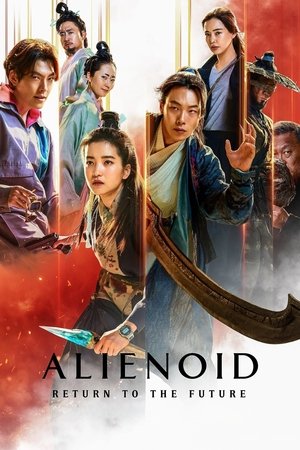 6.6
6.6Alienoid: Return to the Future(ko)
Ean has a critical mission to return to the future to save everyone. However, she becomes trapped in the distant past while trying to prevent the escape of alien prisoners who are locked up in the bodies of humans. Meanwhile, Muruk, who helps Ean escape various predicaments, is unnerved when he begins sensing the presence of a strange being in his body. Traveling through the centuries, they are trying to prevent the explosion of the haava.
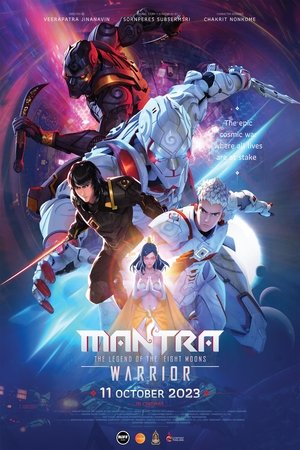 7.4
7.4Mantra Warrior: The Legend of The Eight Moons(th)
A story inspired by the original RAMAYANA, retold in a futuristic universe, involving brave warriors who possess ancient powers from another dimension.
 7.3
7.3Scooby-Doo! and the Cyber Chase(en)
When Scooby and the gang get trapped in a video game created for the gang, they must fight against the 'Phantom Virus.' To escape the game they must go level by level and defeat the game once and for all.
 4.9
4.9Natale in crociera(it)
Paolo Cioffa, as Christmas approaches, is ready to leave on a cruise with his mistress Magda Venni, freed by his wife Francesca Zanchi and his son Federico, who is about to go skiing.
Return(hy)
Eyüp decides to cross mount Ararat looking for his aunt in Yerevan after following a madman's words. His aunt has also been expecting someone to come from behind this mount for many years. Eyüp cannot be sure about the woman he finds behind the blue door, whether it is his aunt or not because they can't understand each other.
 5.8
5.8Fantozzi in Heaven(it)
One by one, with a sweet but inexorable rate, Ugo's colleagues, go to a better life. When Ugo is attending at one of the innumerable funerals, he and the priest remain involved in an accident. The doctor says that Ugo as only one week left to live
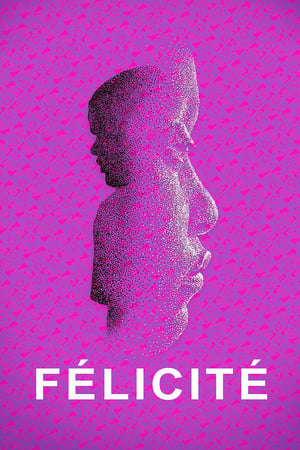 6.6
6.6Félicité(ln)
Félicité, a strong and proud woman, sings in bars in Kinshasa. She drifts away from reality when her 14-year-old son gets into an accident. In electric Kinshasa, she wanders in a world of music & dreams... until love unexpectedly brings her back to life.
 5.2
5.2Maniac Cop 3: Badge of Silence(en)
When Kate Sullivan storms a hostage situation, the whole incident is captured on tape by an unscrupulous media crew who edit the footage to show her killing a helpless victim. "Maniac Cop" takes it upon himself to exact revenge upon those who smeared her name.
 6.6
6.6Robert Schimmel: Life Since Then(en)
The comedian and best selling author of "Cancer on $5 a Day...How Humor Got Me Through the Toughest Journey of My Life," has plenty to say on everything from raising a 17 year old daughter, bargaining with the Almighty, and how not to make friends with a dolphin.
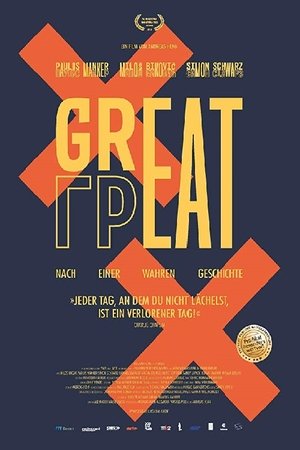 4.0
4.0Great(en)
Did the Nazis ever see Charlie Chaplin's 'The Great Dictator'? Yugoslavia, 1942 - The young Serbian projectionist Nikola Radosevic decides to teach the German oppressors a lesson they won't forget. The beginning of a true and astonishing World War II resistance story.
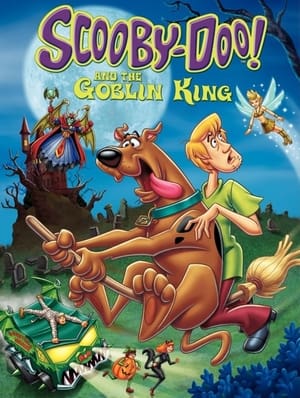 7.7
7.7Scooby-Doo! and the Goblin King(en)
Scooby-Doo and Shaggy must go into the underworld ruled by The Goblin King in order to stop a mortal named The Amazing Krudsky who wants power and is a threat to their pals: Fred, Velma, and Daphne.
 5.3
5.3Christmas Vacation 2000(it)
Superenalotto winner Pasquale Esposito with his family, two penniless students from Emilia and the Colombo and Covelli families, who accidentally rent the same chalet, will spend the Christmas holidays in Cortina d'Ampezzo.
Similar Movies
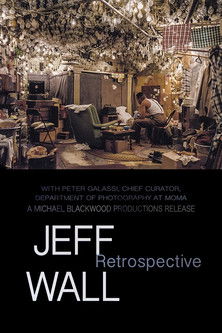 0.0
0.0Jeff Wall: Retrospective(en)
Jeff Wall is one of the most important and influential photographers working today. His work played a key role in establishing photography as a contemporary art form.
 7.5
7.5Sans Soleil(fr)
A woman narrates the thoughts of a world traveler, meditations on time and memory expressed in words and images from places as far-flung as Japan, Guinea-Bissau, Iceland, and San Francisco.
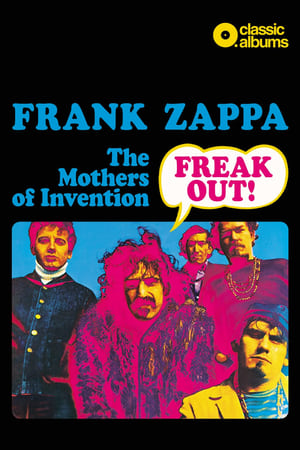 8.6
8.6Classic Albums: Frank Zappa & The Mothers Of Invention - Freak Out!(en)
This programme tells the story behind the conception, recording and release of this groundbreaking album. By use of interviews, musical demonstration, performance, archive footage and returning to the multi tracks with Ahmet Zappa and Joe Travers we discover how Frank Zappa and The Mothers of Invention created the album with the help of legendary African- American producer Tom Wilson.
 7.5
7.5Microcosmos(fr)
A documentary of insect life in meadows and ponds, using incredible close-ups, slow motion, and time-lapse photography. It includes bees collecting nectar, ladybugs eating mites, snails mating, spiders wrapping their catch, a scarab beetle relentlessly pushing its ball of dung uphill, endless lines of caterpillars, an underwater spider creating an air bubble to live in, and a mosquito hatching.
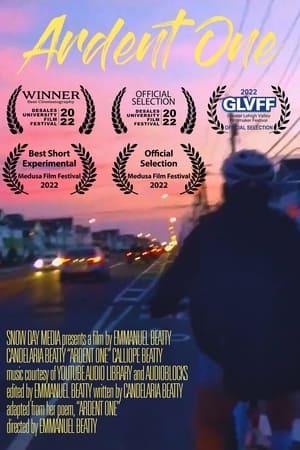 0.0
0.0Ardent One(en)
An experimental film that reflects on the past, encourages audiences to live in the present and look into the future with optimism.
 7.9
7.9Koyaanisqatsi(en)
Takes us to locations all around the US and shows us the heavy toll that modern technology is having on humans and the earth. The visual tone poem contains neither dialogue nor a vocalized narration: its tone is set by the juxtaposition of images and the exceptional music by Philip Glass.
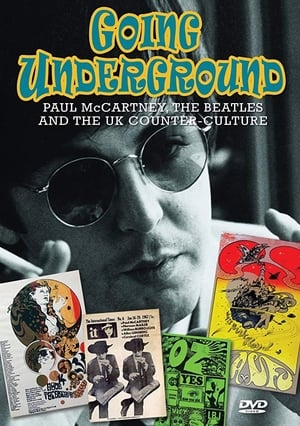 0.0
0.0Going Underground: Paul McCartney, the Beatles and the UK Counterculture(en)
Feature-length documentary examining the growth of the UK Counterculture in the mid-1960s, and Paul McCartney's involvement with this movement, which had a significant impact on the Beatles' music and their evolution during the latter half of the decade.
 7.5
7.5Berlin: Symphony of a Great City(de)
A day in the city of Berlin, which experienced an industrial boom in the 1920s, and still provides an insight into the living and working conditions at that time. Germany had just recovered a little from the worst consequences of the First World War, the great economic crisis was still a few years away and Hitler was not yet an issue at the time.
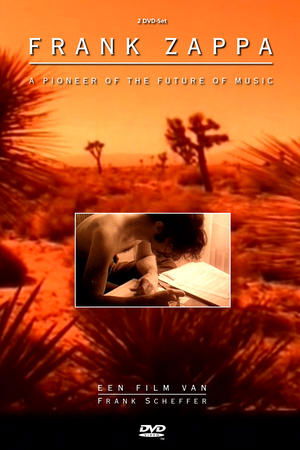 0.0
0.0Frank Zappa: A Pioneer of the Future of Music(en)
Frank Scheffer's (collage like) documentary on the American composer and rock guitarist Frank Zappa, as broadcast by VPRO in the Netherlands April 22,2007. Most of what’s on here is seen before, particularly in Roelof Kier’s 1971 documentary and/or Scheffer’s own documentary “A present day composer refuses to die”. But there is some new stuff too, particularly interviews with Denny Walley, Haskell Wekler, Elliot Ingber and Bruce Fowler.
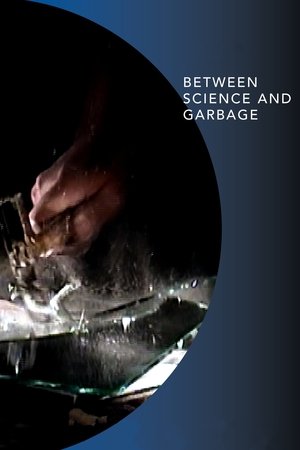 5.2
5.2Between Science and Garbage(en)
A whirlwind of improvisation combines the images of animator Pierre Hébert with the avant-garde sound of techno whiz Bob Ostertag in this singular multimedia experience, a hybrid of live animation and performance art.
 6.9
6.9Olympia: Part One – Festival of the Nations(de)
Commissioned to make a propaganda film about the 1936 Olympic Games in Germany, director Leni Riefenstahl created a celebration of the human form. This first half of her two-part film opens with a renowned introduction that compares modern Olympians to classical Greek heroes, then goes on to provide thrilling in-the-moment coverage of some of the games' most celebrated moments, including African-American athlete Jesse Owens winning a then-unprecedented four gold medals.
 6.7
6.7Olympia: Part Two – Festival of Beauty(de)
Commissioned to make a propaganda film about the 1936 Olympic Games in Germany, director Leni Riefenstahl created a celebration of the human form. Where the two-part epic's first half, Festival of the Nations, focused on the international aspects of the 1936 Olympic Games held in Berlin, part two, The Festival of Beauty, concentrates on individual athletes such as equestrians, gymnasts, and swimmers, climaxing with American Glenn Morris' performance in the decathalon and the games' majestic closing ceremonies.
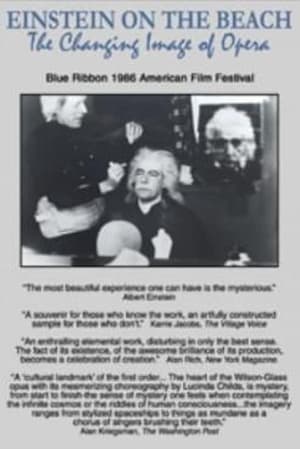 10.0
10.0Einstein on the Beach: The Changing Image of Opera(en)
The creative processes of avant-garde composer Philip Glass and progressive director/designer Robert Wilson are examined in this film. It documents their collaboration on this tradition breaking opera.
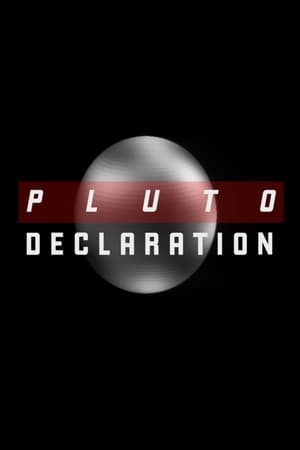 0.0
0.0Pluto Declaration(en)
Restore the classical definition of planet! Bring back planet Pluto! The solar system is twelve!
 0.0
0.0Running Fields II(en)
Fifteen images of a camera running in a park and in obscurity searching the space of light through distorsion and the sensory of rapid motion.
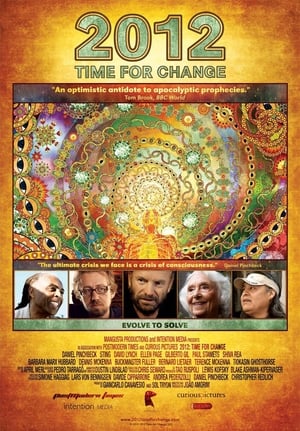 6.1
6.12012: Time for Change(en)
2012: Time For Change is a documentary feature that presents ways to transform our unsustainable society into a regenerative planetary culture. This can be achieved through a personal and global change of consciousness and the systemic implementation of ecological design.
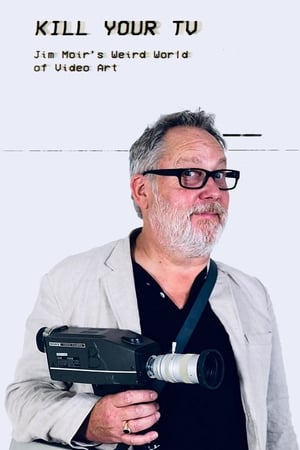 0.0
0.0Kill Your TV: Jim Moir’s Weird World of Video Art(en)
Jim Moir (aka Vic Reeves) explores Video Art, revealing how different generations ‘hacked’ the tools of television to pioneer new ways of creating art that can be beautiful, bewildering and wildly experimental.
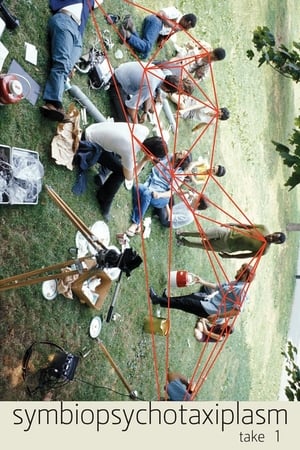 7.0
7.0Symbiopsychotaxiplasm: Take One(en)
In Manhattan's Central Park, a film crew directed by William Greaves is shooting a screen test with various pairs of actors. It's a confrontation between a couple: he demands to know what's wrong, she challenges his sexual orientation. Cameras shoot the exchange, and another camera records Greaves and his crew. Sometimes we watch the crew discussing this scene, its language, and the process of making a movie. Is there such a thing as natural language? Are all things related to sex? The camera records distractions - a woman rides horseback past them; a garrulous homeless vet who sleeps in the park chats them up. What's the nature of making a movie?
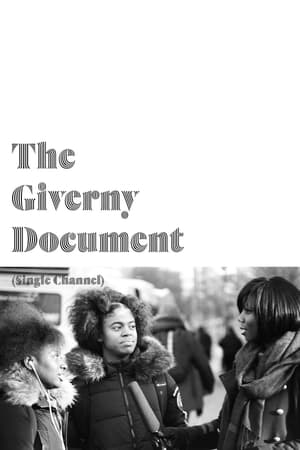 0.0
0.0The Giverny Document (Single Channel)(en)
Filmed on location in Harlem and in Monet’s historic gardens in Giverny, this multi-textured cinematic poem meditates on the bodily integrity and creative virtuosity of black women.
